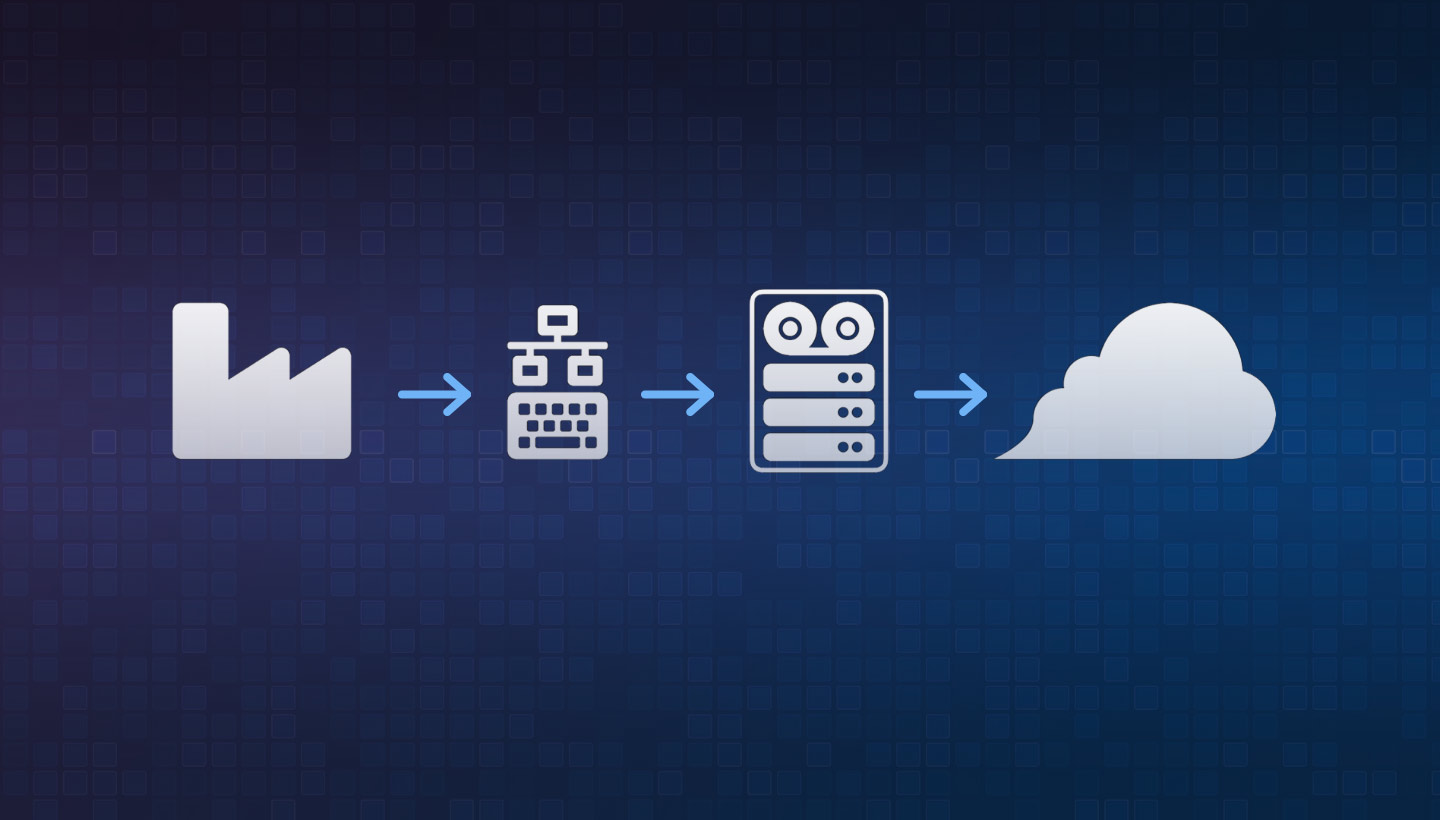
NAS Backup Resources
Using a NAS in your workflows is a great solution. Finding the right one, configuring it, backing it up, and protecting your data can be challenging. Don’t worry, we’re here to help.
Using a NAS in your workflows is a great solution. Finding the right one, configuring it, backing it up, and protecting your data can be challenging. Don’t worry, we’re here to help.

Topics related to NAS backup. Guides and insights about business data, including strategies and integrations to easily back up and sync your NAS data to B2 Cloud Storage.
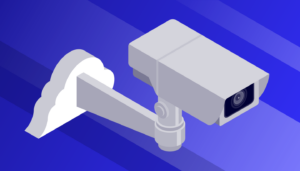
Video surveillance requires a ton of primary and backup storage capacity for many reasons. Here are a few things to consider when you’re deciding how to use cloud storage.

Higher education institutions create and store large amounts of data with a diverse set of needs. Cloud storage provides flexible solutions. Here are a few things to think about.
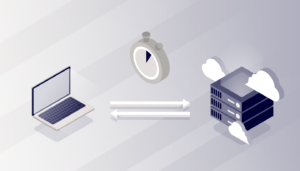
Latency is an important factor impacting performance and user experience. Let’s talk about what it is and some ways to get better performance.
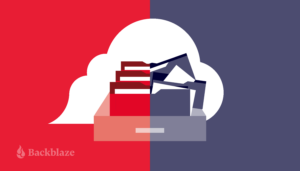
Many organizations may think that their data is secure when they use cloud drives like Google Drive, Dropbox, and OneDrive. Here’s what you need to consider to fully protect your data.

With all the AI/ML tools on the market, businesses have a lot of things to sort through. Here’s a list of some of the biggest tools out there and how they’re being used.
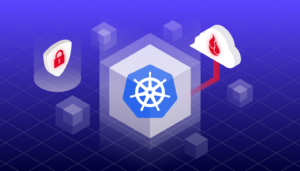
Kubernetes is a useful and widely-used tool to deploy and manage applications at scale. Here are some things to consider backing up your Kubernetes environment.

Add another layer of protection and usability by backing up your NAS to the cloud
Using either your device’s native backup application or third-party backup software, create a bucket in your public cloud account and then use an Application Key to integrate your backup software with your cloud storage.
Using NAS is a great local backup solution, but it is vulnerable to hardware failure, ransomware attacks, and on-premises disasters. The best backup approach follows the 3-2-1 backup strategy, which requires at least one off-site copy of your data. Cloud backup satisfies this requirement. Saving past backups in the cloud also allows you to recover from a point in time before a ransomware attack.
The term, network attached storage, or NAS, describes computer storage devices that can be accessed across a computer network instead of being directly attached to the computer. NAS devices enable many computers to share the same backup server at one time.
NAS backups save your backup data locally on the NAS device itself. This allows for quick and easy access to backups, but these backups are also highly vulnerable to hardware failure, ransomware, and on-premises natural disasters like fire, flood, and earthquake. Cloud backups securely protect your data off-site and are a crucial element of the 3-2-1 backup strategy.
